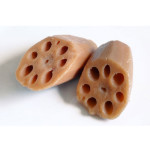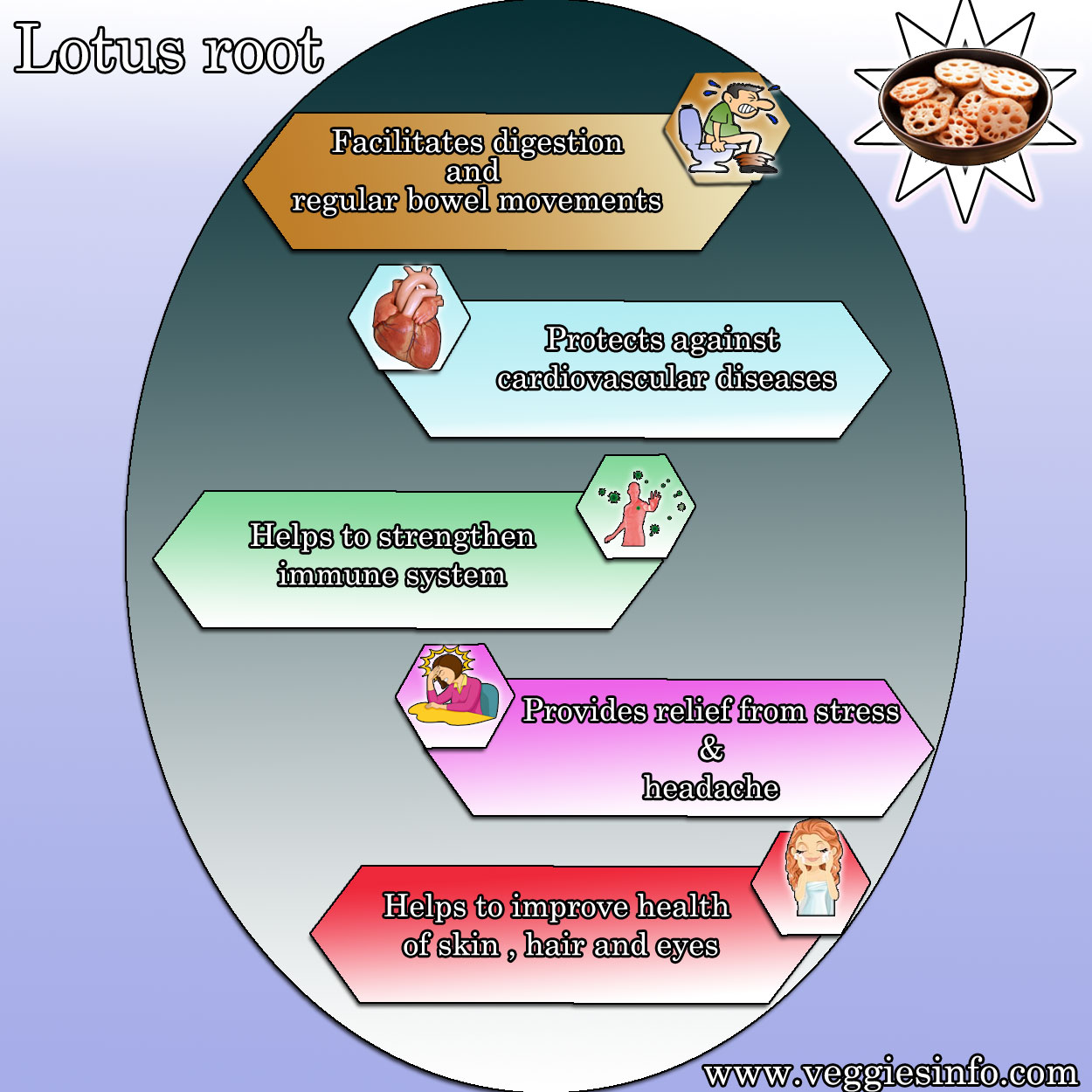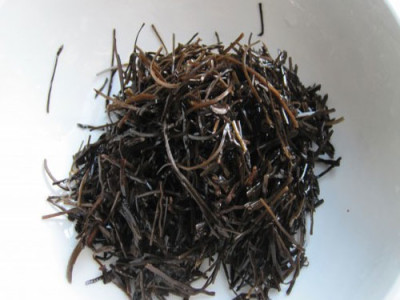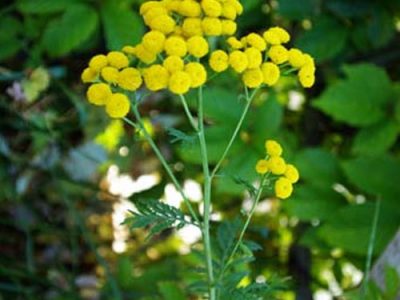
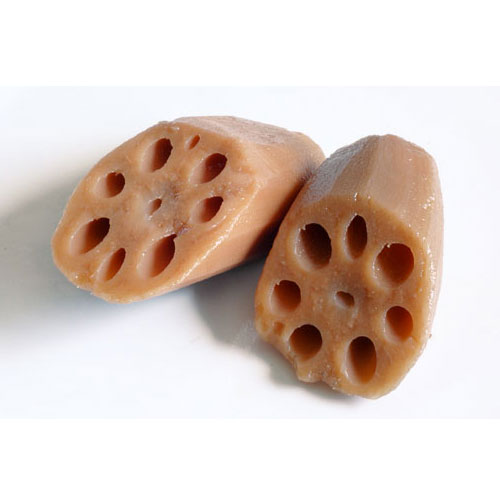
Lotus Root uses And Its Health Benefits
Lotus root
There are millions of plants in this world and the botanists have so far identified around 350,000 species of plants. Though many grow on the surface of the earth, some floats on the sea, lake and other waterbeds. Many plants absorb sunlight and prepare their own food round the clock. The plants perform many tasks during the day and live an amazing life on this earth. This topic will deal with a plant named Lotus foot which comes under the kingdom plantae and family Nelumbonaceae. The botanical name of this plant is Nelumbo nucifera.
[tribulant_slideshow gallery_id="216"]
The other common names of this plant are Indian lotus, sacred lotus and bean of India. Lotus flower is considered as a sacred plant and a National flower of India and Vietnam. The oldest lotus plant dates back to 1300 years old which was bought back to life in a clinical laboratory. Lotus plant is a native to Tropical Asia and Queensland, Australia. This aquatic plant grows throughout the year and considered as a perennial plant. These plants are cultivated mainly grown in water gardens and comes under ornamental plant category.
Aspects Of Lotus Root
The roots are planted at the bottom of the river and the leaves float on top of the river. The flowers grow on the stem which is found above the river. The plants grow to height of 150 cm and horizontally spread up to 3 m. The lotus has the remarkable ability to regulate the temperature of it flowers to within a narrow range just as humans and other creatures.
Nutritional Value Of Lotus Root
- The leaves, flowers, stem are all edible.
- The lotus root has a wide range of health benefits owing to its rich nutritional composition.
- Some of the healing properties including its ability to improve digestion, reduce cholesterol, lower blood pressure, boost the immune system, prevent cancer, and reduces the stress.
- The lotus root is a long is a long woody object that is found on the bottom of the pad.
- The lotus root is very rich in minerals and supplement.
- The lotus roots can be fried, deep-fried, stir-fried and consumed in many ways.
- The lotus roots are included in many Indian and international cuisines.
- The taste of the lotus root is somewhat tasty and sugary.
| Principle | Nutrient Value | Percentage of RDA |
|---|---|---|
| Energy | 74 Kcal | 3.70% |
| Carbohydrates | 17.23 g | 13% |
| Protein | 2.60 g | 5% |
| Total Fat | 0.10 g | 0.50% |
| Cholesterol | 0 mg | 0% |
| Dietary Fiber | 4.9 g | 13% |
| Vitamins | ||
| Folates | 13 µg | 3% |
| Niacin | 0.400 mg | 2.50% |
| Pantothenic acid | 0.377 mg | 7.50% |
| Pyridoxine | 0.258 mg | 20% |
| Riboflavin | 0.220 mg | 17% |
| Thiamin | 0.160 mg | 13% |
| Vitamin A | 0 IU | 0% |
| Vitamin C | 44 mg | 73% |
| Electrolytes | ||
| Sodium | 40 mg | 3% |
| Potassium | 556 mg | 12% |
| Minerals | ||
| Calcium | 45 mg | 4.50% |
| Copper | 0.257 mg | 29% |
| Iron | 1.16 mg | 14% |
| Magnesium | 23 mg | 6% |
| Manganese | 0.261 mg | 1% |
| Selenium | 0.7 µg | 1% |
| Zinc | 0.39 mg | 3.50% |
| Phyto-nutrients | ||
| Carotene-ß | 0 µg | — |
| Carotene-α | 0 µg | — |
| Cryptoxanthin-ß | 0 µg | — |
| Lutein-zeaxanthin | 0 µg | — |
Interesting Facts
The legend goes that Goddess Lakshmi, Hindu God of Wealth bestows her blessings sitting on this beautiful flower. The devotees of India also place the Lotus flower bud as an offering to many gods and goddesses.This plant is also considered as holy plant like holy basil (Tulasi leaves).

